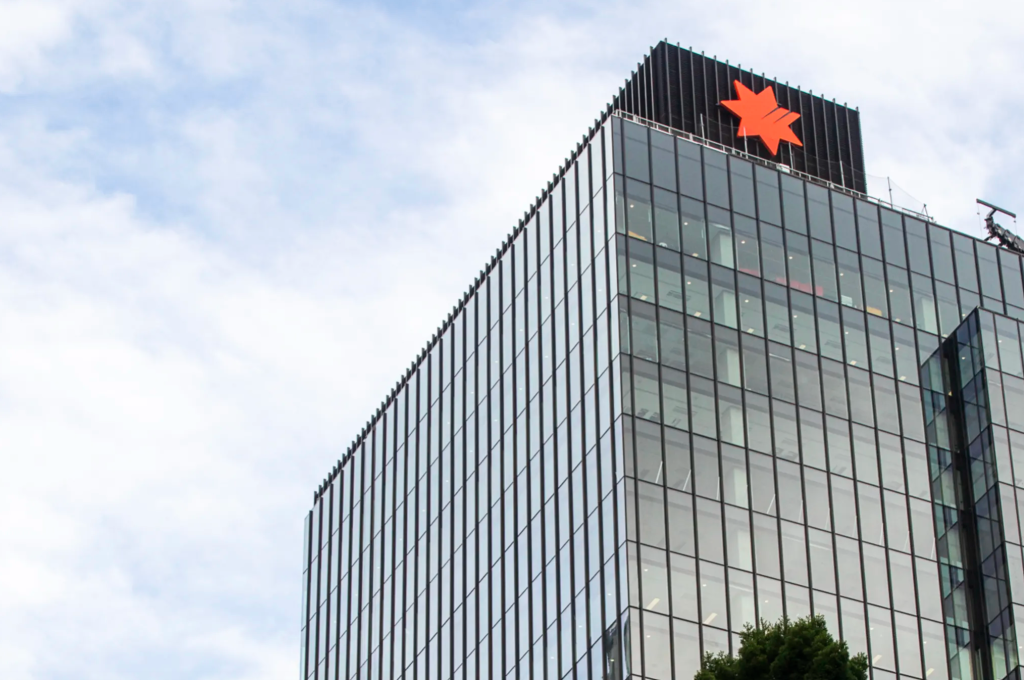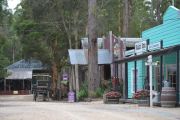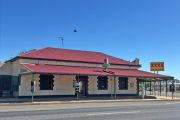
Office vacancies hit quarter-century high but green shoots emerging
Office towers are sitting empty across the country with the vacancy rate at its highest level in close to 25 years, yet there is evidence that companies are making longer-term lease commitments for staff to return to the workplace in future.
A report by the Property Council of Australia (PCA) shows the national office vacancy rate increased from 11.6 per cent to 11.9 per cent for the six-month period to July 2021. This comes from the double whammy of COVID-wary workers staying at home and a large increase in new office supply. This is an increase from 9.6 per cent in July last year.
Melbourne, now the country’s largest office market by square metres, was the hardest hit with its vacancy rate at 10.4 per cent being the highest level since January 2000. The city continues to feel the impact of repeated lockdowns and companies handing back space.
The Office Market Report report measures the levels of leased space, not worker occupancy of office space.
PCA chief executive Ken Morrison said the national average CBD vacancy rate edged higher from 11.1 per cent to 11.2 per cent. Non-CBD markets also recorded a small vacancy increase, from 13 per cent to 13.6 per cent.
“Australia’s office markets have shown remarkable resilience over the past six months, with overall aggregate vacancy levels only increasing slightly,” Mr Morrison said. “Excluding Melbourne, demand for CBD office space grew by 85,000 square metres over the six months, a result that few would have predicted given the impacts of the pandemic.”
The glut of empty space has prompted calls from landlords, city officials and governments for businesses to hasten employees’ return to work, but most acknowledge flexible work arrangements are here to stay.
National Australia Bank and Telstra are among corporations that have handed back unwanted space to the landlord, particularly in Melbourne, as they adopt a flexible strategy to allow workers to stay at home for some of the week.
But as some opt to decrease requirements, industry sectors such as public administration, professional services and healthcare are looking to expand. The tech giant Atlassian has led the charge in Sydney after signing a 15-year lease at the new Haymarket tech centre.
There are even some signs of green shoots in Melbourne with Dexus, the country’s largest office landlord, revealing its 360 Collins Street tower is now 99 per cent leased.
Patrick Stronell, Victorian general manager, office leasing at Dexus, said the recent lockdown had interrupted but not derailed the broader economic recovery and “although the momentum was impacted, we are already seeing confidence returning as these successful transactions demonstrate”.
For Sydney, which has seen a number of new towers open during the pandemic – the largest being the $2 billion Brookfield Place the new home for the National Australia Bank – the vacancy rate has risen from 8.5 per cent to 9.2 per cent.
Graham Postma, national head-office leasing at Savills Australia, said nationally, all markets continue to face challenges around COVID-19, lockdowns, and flexible working arrangements.
“As these events become the new normal the negative effects are decreasing. Occupiers are moving towards making strategic longer-term decisions, which will continue to see the office as the dominant and critical workplace,” Mr Postma said.
“We anticipate post-lockdown business sentiment will continue to improve and many employees suffering from work from home (WFH) fatigue will actively look and embrace the opportunity to return to the CBDs around the country.”
For the Sydney CBD, Stuart McSorley, director, advisory & transaction services – office leasing, agreed with the PCA data, saying enquiry levels rebounded strongly in Sydney in the first half of 2021 with enquiries accounting for 238,000 sq m – a record high.
“Leasing activity in terms of enquiries and inspections has been most active among sub-500 sq m tenants and while cost-cutting and workplace reactivation remain the key focus for larger occupiers, many of the requirements put on hold in 2020 were reactivated in the first half of 2021,” McSorley said.











